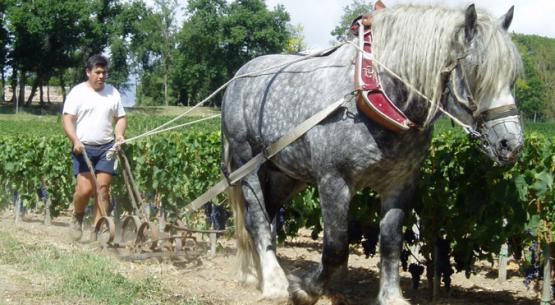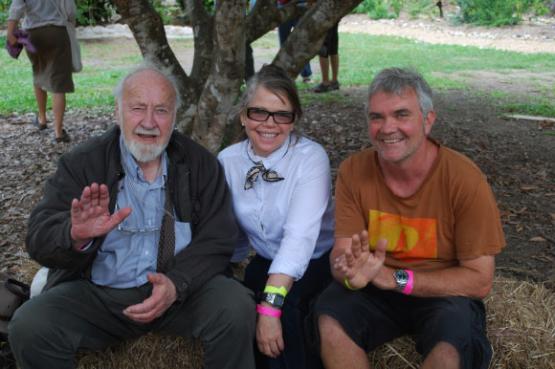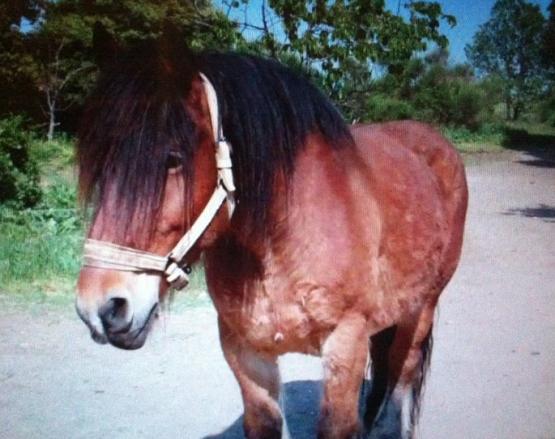
Horse Ploughing
3 min read
One of the more picturesque practices one finds traveling the natural wine world is people ploughing their vineyards with horses. It’s satisfying in so many ways to see draft horses trudging contentedly up and down the rows. The plow following behind, earth furrowed and turned.
But horse-ploughing isn’t done for its aesthetic appreciation by visitors. In fact, given the myriad of benefits for the soil, it seems surprising that so many growers, supposedly focused on quality, chose to abandon horses in favour of tractors and heavy machinery in the mid-20th C.
First off, horses cause less soil compaction. This is not just because they weigh less but because motorized vehicles that travel over the same piece of land again and again, cause heavy compaction due to the rhythmic pounding brought on by the engine’s combustion. Horse-ploughing therefore allows for better microbial activity in the soil.
What’s more, as Bernard Bellahsen of Domaine Fontedicto puts it, ‘horses don’t rape the land’. This is because there is a natural synergy between moments when one should/shouldn’t plough and the limitations of a horse’s physical strength; something man+machine finds difficult to duplicate. Take, for example, a baking hot day when cutting into the soil would leave it vulnerable to water-loss as the earth beneath the surface is exposed to the elements. A man in an air-conditioned unit may well plough ahead any way, whereas a man with his feet firmly on the ground will be acutely aware of his team’s limitations. The horse will not be able to cut into dry, hard earth, just as it won’t be able to plough when the ground is sodden. As Bellahsen says, “when you work every day with an animal for 20 years, you become a single unit, a real team. I could tell when my horse was struggling, just as there were times when I wasn’t well and she would step up and lead for us both”.
Then there’s the ever-present possibility of a little extra manure to fertilize the vines. Indeed, a vineyard that uses horses, rather than machinery for heavy vineyard work, is much more in line with the biodynamic ideal of the self-sufficient farmstead.
Finally, horses don’t require filling up with diesel, an increasingly valid concern as global stocks of fossil fuels diminish. This is something that Eric Texier has written at length about as, unfortunately, organic vineyards often have larger carbon footprints than their non-organic counterparts due to the extra vineyard work that is required: more time in a tractor, more fossil fuels. If you’d like to read Eric’s thoughts, why not check out his blog.
RAW WINE Horsemen
Here’s a collection of some of our favourite winemakers and their horses who will all be at RAW WINE in May (in alphabetical order):
This is Alexandre (& his trusty stead Phénomène), arguably Pouilly Fumé’s best producer.
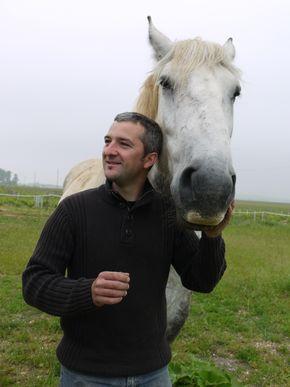
Where the vineyard is worked with the help of three horses.
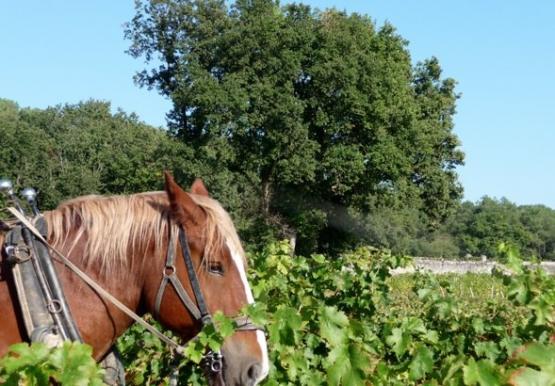
Coulée de Serrant:
This is Marius who ploughs the vineyards for the Joly family.
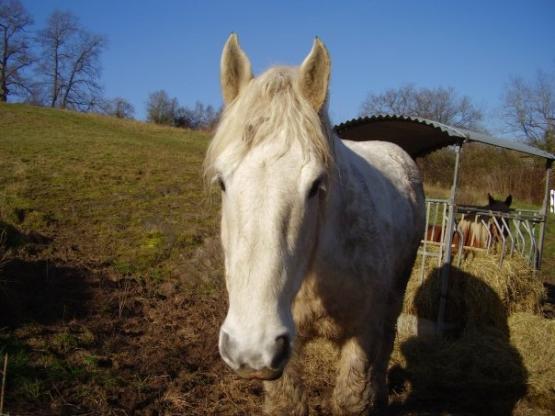
Arch provocateur of the AOC, Olivier Cousin is a committed horseman and has been preaching the gospel of working with horses for years.
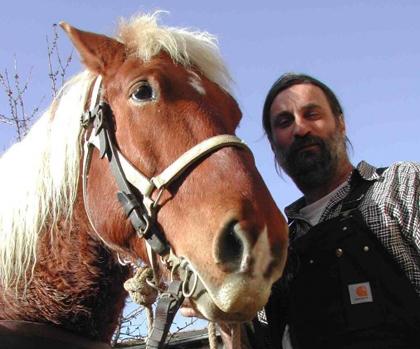
Domaine Etienne & Sébastien Riffault:
This is Sébastien and Ophélie who work his vineyards in Sancerre.
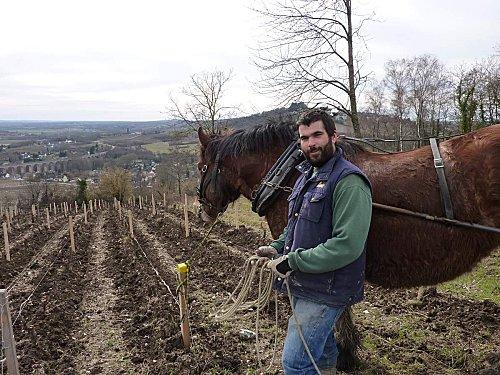
Domaine Fontedicto:
Although we’re not yet sure whether or not Bernard Belhasen will be able to make it back for RAW WINE this year, we love what he does so have included him here.
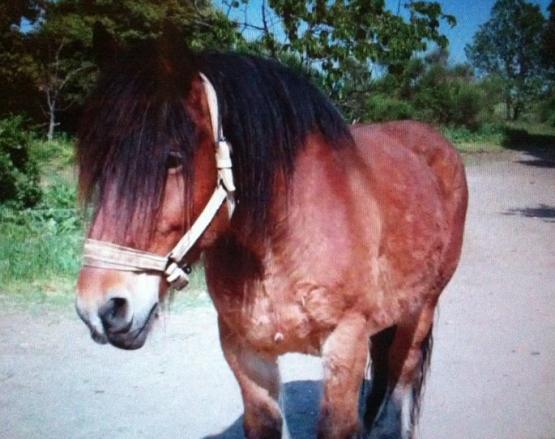
Domaine Léandre-Chevalier (or L’Homme Cheval):
Dominique Léandre-Chevalier and his huge grey carthorse have worked the land of his Bordeaux estate for the last 20+ years.
